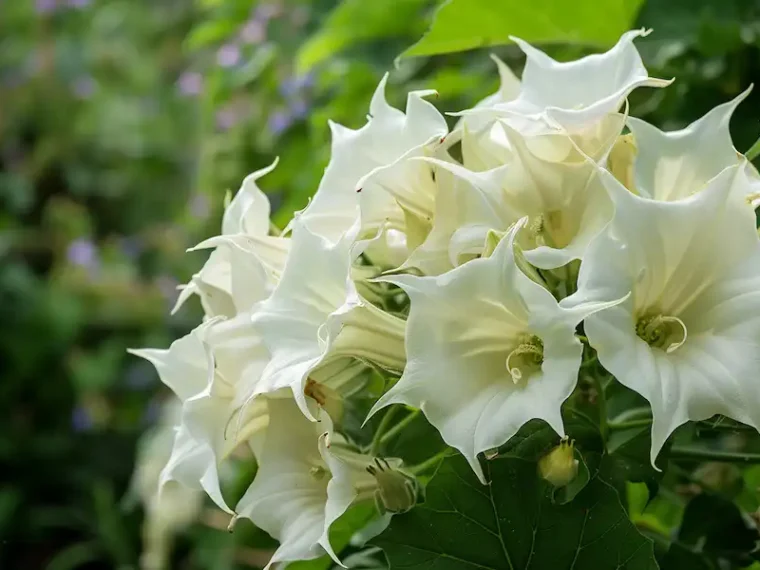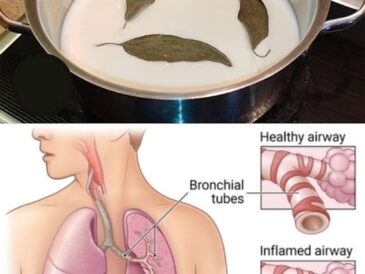Datura stramonium, commonly known as Jimsonweed or Devil’s Trumpet, is a plant that captivates many with its striking beauty and haunting fragrance. However, beneath its alluring exterior lies a host of dangers that can pose serious health risks. Understanding this plant is crucial for anyone who encounters it, especially gardeners and nature enthusiasts.
Description and Appearance
Datura stramonium is a perennial plant characterized by its large, trumpet-shaped flowers, which can be white, purple, or pale yellow. The flowers typically bloom at night, releasing a sweet fragrance that can attract pollinators. The plant features broad, lobed leaves and spiky seed pods that contain numerous seeds.
Habitat
This hardy plant thrives in various environments, including gardens, roadside areas, and disturbed lands. It prefers well-drained soils and can often be found in temperate regions worldwide. Its ability to grow in challenging conditions makes it a common sight, yet its presence should be treated with caution.
Toxicity and Effects
Toxic Components
Datura stramonium contains several tropane alkaloids, including:
- Atropine
- Scopolamine
- Hyoscyamine
These compounds are responsible for the plant’s toxic properties and can cause severe physiological effects.
Symptoms of Poisoning
Ingestion or even improper handling of Datura can lead to a range of symptoms:
- Dilated pupils
- Dry mouth and throat
- Increased heart rate
- Confusion and hallucinations
- Severe agitation or delirium
Severe cases can result in respiratory failure or death, particularly in children or pets who may be more vulnerable.
Historical and Cultural Significance
Datura has a long history of use in various cultures, often for its psychoactive properties. Indigenous peoples in North America utilized the plant in rituals and medicine, despite its dangers. In some cultures, it was used for its hallucinogenic effects, leading to its association with witchcraft and the occult.
Cautionary Use in Herbal Medicine
continue reading in page 2



